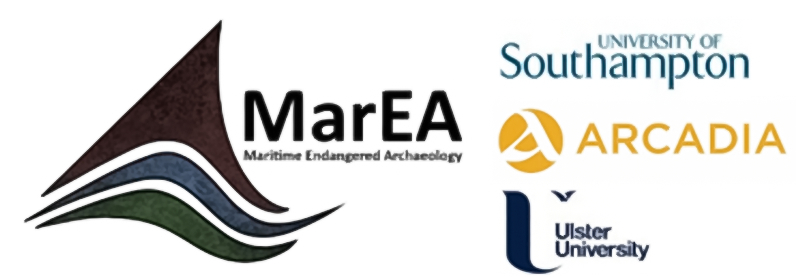Below is a series of case-studies that illustrate the
crucial contribution of new technologies to the understanding and documentation of archeaological sites, such as photogrammetry, laser scanning, Lidar, and satellite imagery.
Use the map for a quick access, or browse the gallery below.
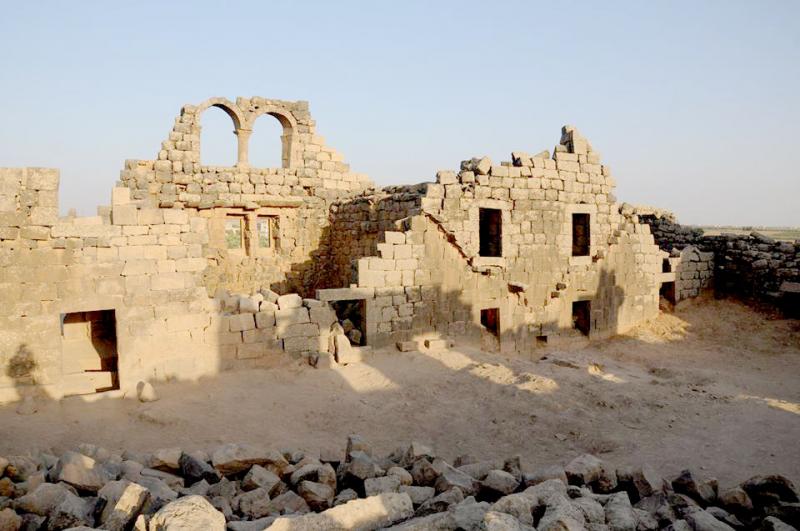
Umm al-Jimal (Arabic: ام الجمال, "Mother of Camels"), is a village in Northern Jordan approximately 17 kilometers east of Mafraq. It is primarily notable for the substantial ruins of a Byzantine and early Islamic town which are clearly visible above the ground, as well as an older Roman village (locally referred to as al-Herri) located to the southwest of the Byzantine ruins.
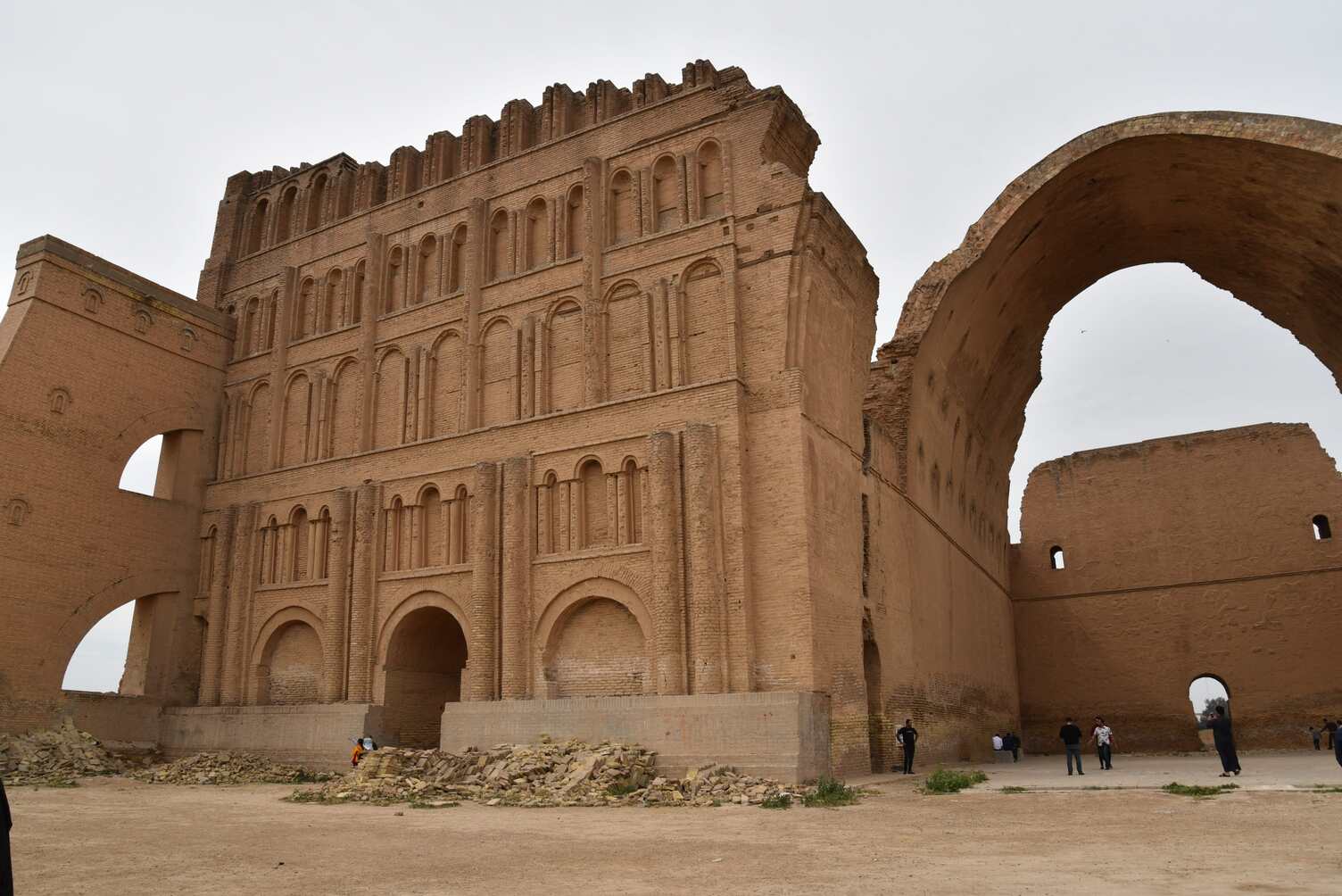
Tāq Kasrā are the remains of a Sasanian-era Persian monument, dated to c. the 3rd to 6th-century, which is sometimes called the Arch of Ctesiphon. It is located near the modern town of Salman Pak, Iraq. It is the only visible remaining structure of the ancient city of Ctesiphon. The archway is considered a landmark in the history of architecture, and is the largest single-span vault of unreinforced brickwork in the world.
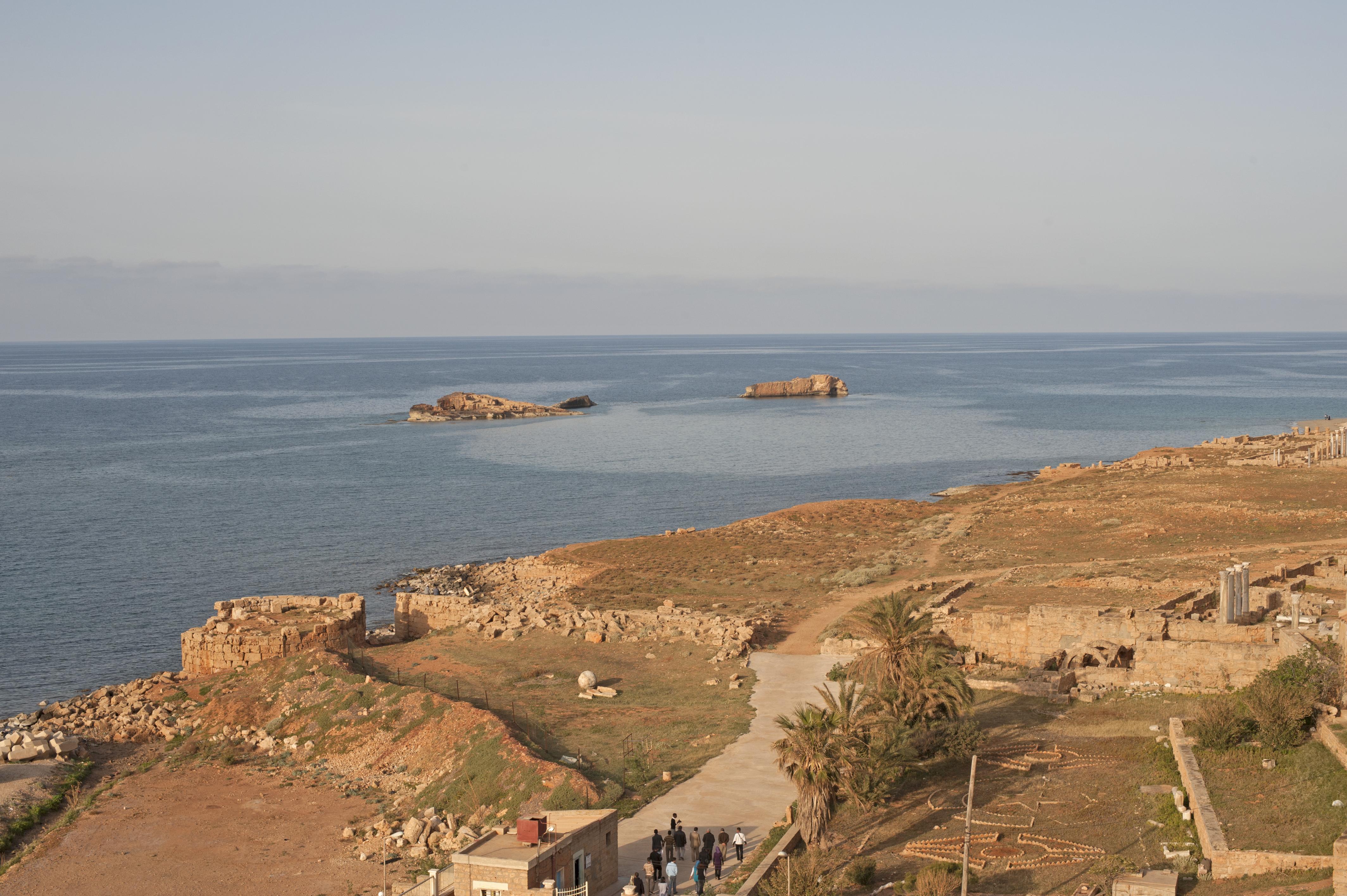
For millennia, past human societies have depended on the sea for travel and trade, as well as for food and resources. Along the coastlines of the Middle East and North Africa (MENA), we can find evidence for these human activities in the form of archaeological sites including coastal settlements, ports, shipwrecks, shell middens, quarries, fish traps and fish tanks. Some of these sites are located on the present-day coast above the high water mark. Others are located on the seabed or foreshore and thus are fully or partially submerged.
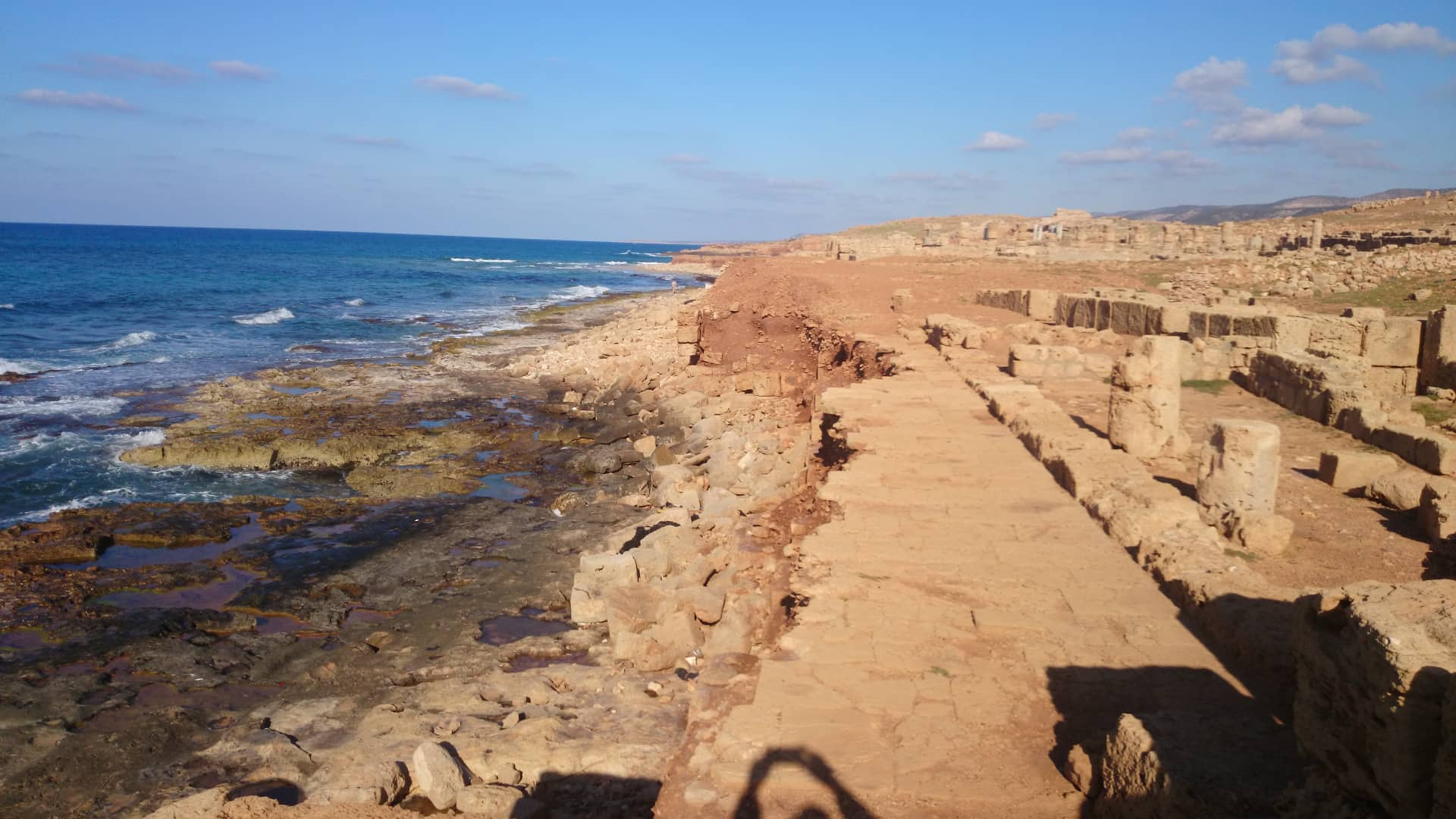
Apollonia began its life, possibly as early as the 7th century BC, as the port town of Cyrene, located inland approximately 20 km to the southwest. Cyrene and Apollonia remain closely linked until the Byzantine period, when Apollonia rose in importance and became the capital of Libya Superior/Pentapolis, while Cyrene declined. As a functioning port, Apollonia had numerous harbour installations, buildings and industrial features linked to maritime activity. However, many of these are now underwater. At least two major earthquakes and related tidal waves probably damaged the city over its lifetime. While the famous earthquake of AD365 destroyed parts of Apollonia, it was perhaps a later earthquake that caused the sinking of the harbour facilities and surrounding structures by about 3 to 3.5 meters.
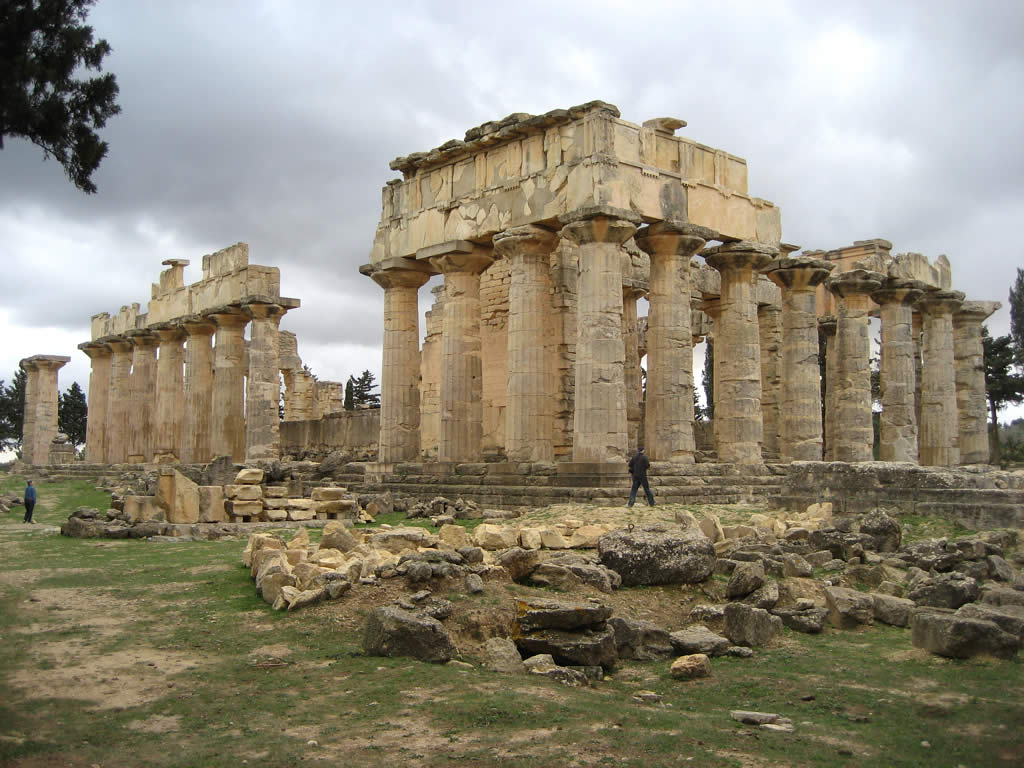
Cyrene was an important Classical city of ancient north-east Libya. Originally founded by Greek settlers in the 7th century BCE and continuing as the pre-eminent city of the region through the Roman period, the ancient site of Cyrene is protected as a UNESCO World Heritage Site. However, there are many parts of the site outside this area which are under threat of damage and disturbance. The rapid expansion of the modern city of Shahat immediately south-east of Cyrene is a main cause of this damage.
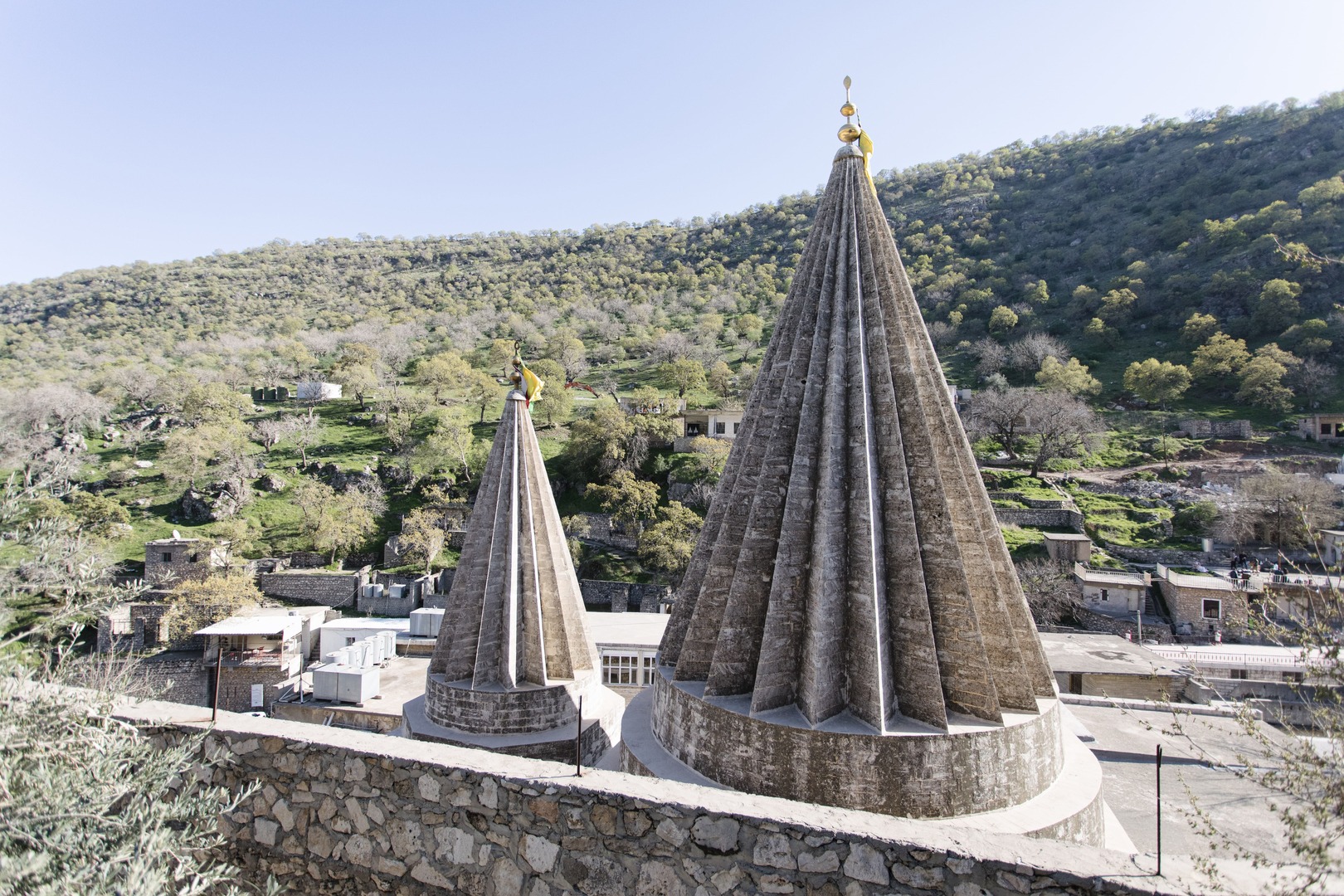
The Yazidi people trace their identity and faith back over 6000 years to ancient Mesopotamia. The Yazidi community is concentrated in Northern Iraq where the holiest site of the Yazidi faith, Lalish, is located. Lalish became a place of refuge for many Yazidis fleeing from advance of Islamic State in the greater region.







